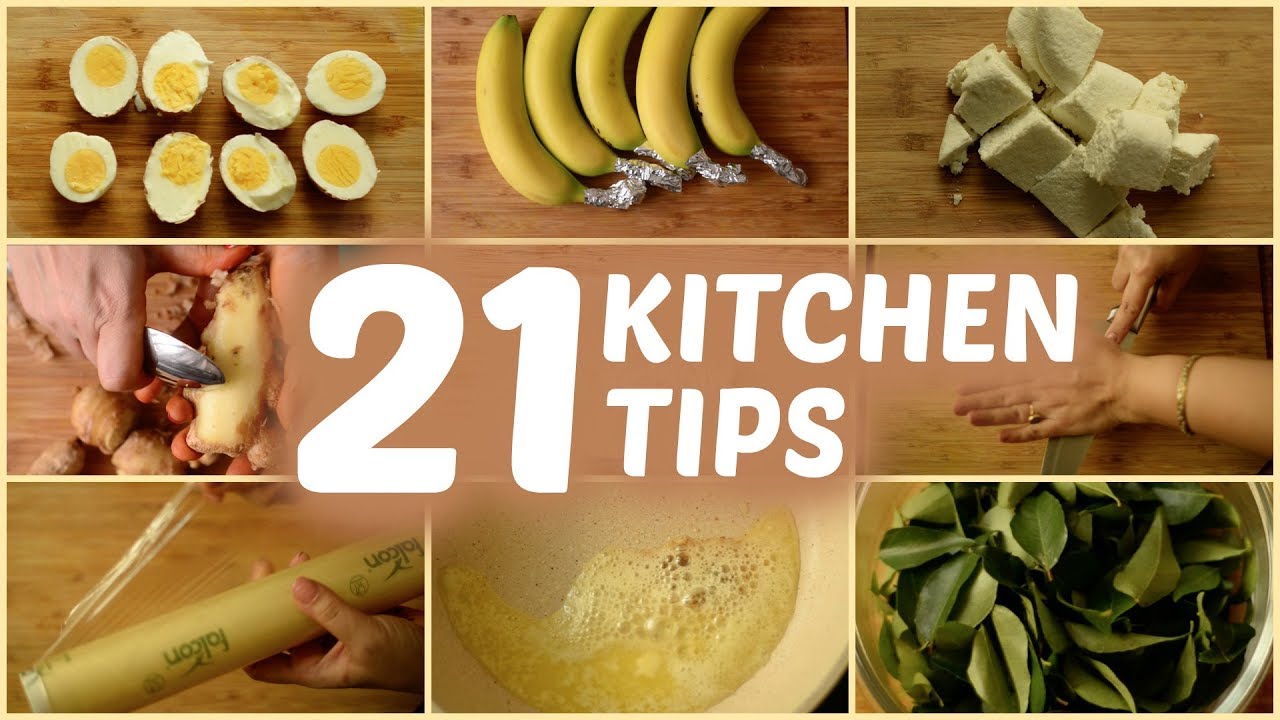
It is crucial to understand the science behind cooking taste in order to create delicious dishes. Learn about the five tastes our bodies recognize and how to incorporate them into different dishes. In fact, some dishes employ all five, while others use only two or three. You can get the best results by tasting your food throughout the cooking process. After it is done, you should remove any flavors from the dish. It is important to learn how to properly season your food. In this article we will look at some ingredients and techniques to enhance flavor and umami.
Science behind food taste
If you are wondering why some foods taste different, you aren't alone. Scientists are constantly studying how the brain functions and are trying to uncover more sensory receptors that detect flavors in food. The flavor of other foods is not only dependent on protein but also includes proteins from other foods. A complex combination of many chemical properties creates the flavor of foods. The first step is to smell and taste the food. Next, enzymes in your saliva process the food. Next, the taste process involves moving the food across the tongue's "papillae", which are small bumps that have approximately 50 to 100 taste cells. Each taste cell is folded in a way that looks like a bouquet and has a chemical sensor that converts it into taste. This is known as "flavor perception".
Ingredients that enhance flavor
Good cooks know how flavor can be added to their dishes. They have favorite condiments, produce section staples, and spice blends that they keep in their pantry. These can make cooking easier, give you more flavor, and save time. These ingredients are essential for great meals. Here are some of mine:

Techniques to enhance flavour
The best dishes emphasize the layers of flavour in the ingredients. This is accomplished through the use of different techniques, including adding flavours to food before it cooks and adding them to the final product. Each step is important to add depth to the dish. The technique of adding salt before cooking can enhance the natural sweetness of an ingredient by counterbalancing it.
Enhance umami with ingredients
The taste of umami is not a distinctively Chinese trait. It's a common flavor in many foods, but not only Asian cuisine. Glutamate is the ingredient that gives it its flavor. Monosodium glutamate may have a bad rep, but it is safe for use in cooking. Monosodium glutamate, an amino acid found in food naturally, is a safe ingredient. The U.S. Food and Drug Administration (FDA), considers it safe.
Ingredients that enhance bitterness
Sometimes bitter ingredients can be used in combination. For example, bitter chocolate is often more delicious than milk chocolate, which lacks the contrast between its sweetness and bitterness. Salt can help reduce bitterness when used in desserts. If you're using bitter ingredients in a dish, you may want to experiment with adding salt as an ingredient. These are some ways to balance bitterness:

FAQ
Are you able to cook by yourself?
Self-taught cooking is possible! The joy of cooking is something that everybody enjoys doing, no matter their skill level. You can learn to cook by starting at home. Start small, such as making pancakes for breakfast and spaghetti sauce at dinner. The best way to learn how to cook is to try new recipes and experiment. You may even want to make a few mistakes along the way.
Learning to cook takes anywhere from a couple of hours to several weeks, depending on what type of skill level you are looking for. Remember that cooking is not about following recipes. There are so many ways to prepare food.
Are there any ingredients I can buy to cook?
You don’t always need to buy the ingredients. Many grocery stores have premade sauces and other products that you can substitute for. Premade meals are an option if you're looking for a way to save some money.
How to become a chef
There are many avenues to become a professional chef. To start, you can take a course at your local community college. You can then look into going to culinary school. A paid internship is another option.
Statistics
- According to the BLS, chefs earn $58,740 a year. (learnhowtobecome.org)
- In the United States, the category is estimated at $23.2 billion annually and is growing faster than the market. (washingtonpost.com)
- The median pay for a chef or head cook is $53,380 per year or $25.66/hour, according to the U.S. Bureau of Labor Statistics (BLS). (learnhowtobecome.org)
External Links
How To
How to cook a steak
The type of meat you are cooking will determine the right method to use. Thicker steaks should be cooked over low heat. Thicker steaks will need to cook at higher temperatures.
It's important to not overcook the steaks as they will lose their taste. Make sure to remove the steaks from the pan after it is done. This will help you avoid burning your skin.
Cooking times will vary depending on how large the steak is and what degree of doneness you desire. Here are some general guidelines:
Medium Rare: Cook until medium rare, which means the internal temperature reaches 145degF (63degC). This should take between 3 and 5 min per side.
Medium: Cook until medium, which means the internal temp reaches 160degF (71degC). This takes approximately 6 minutes per side.
Cook well until done. That means that the internal temp reaches 180degF (82degC). This usually requires 8 to 12 minutes per side.